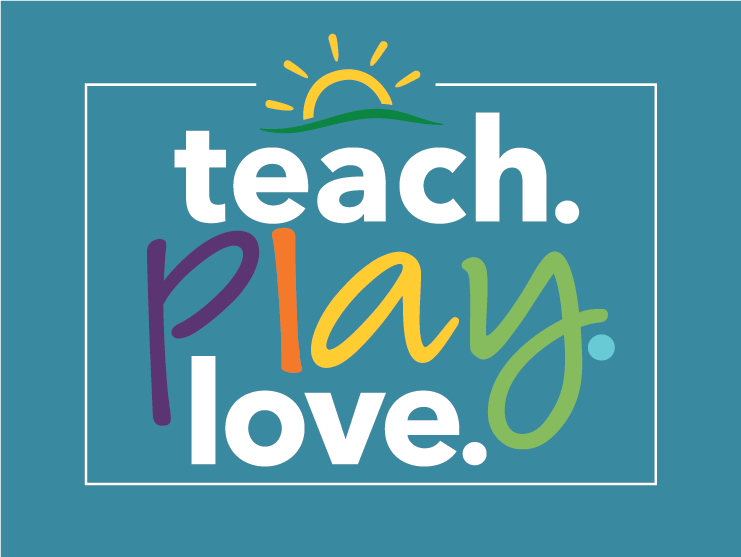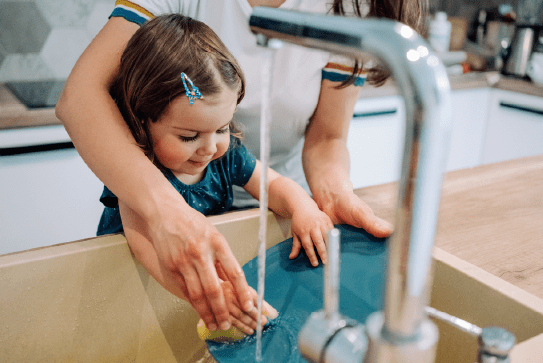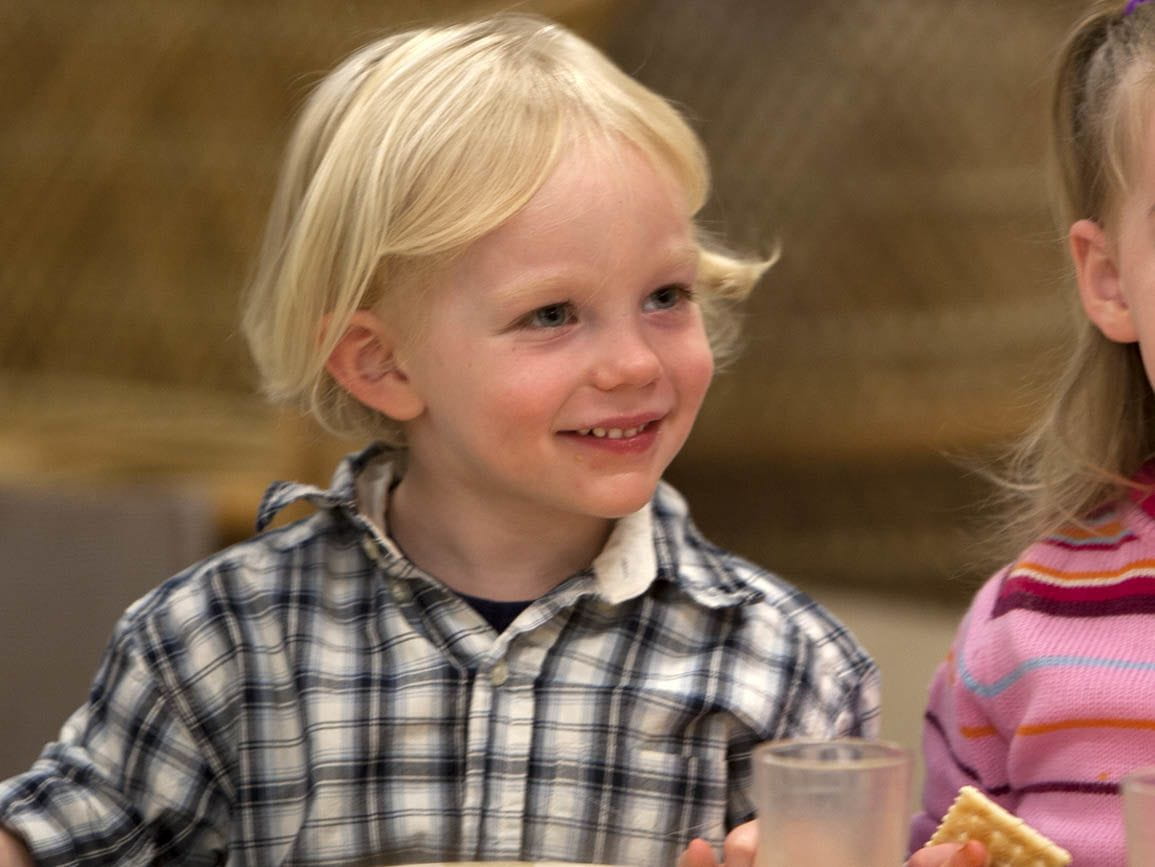Keeping your home organized can often feel like a never-ending battle, especially with little ones constantly on the move. But with the right mindset, a bit of planning, and a consistent family routine, you can turn daily chaos into calm.
Whether you're navigating hectic mornings, managing mealtimes, or dodging stray Lego pieces, these practical tips are designed to help you build a more peaceful and functional home life.
Home organization tips for your family
- Command center: It’s easy to feel overwhelmed when children come home from school with a mountain of papers that need your attention. One home organization tip is to set up a central hub for school papers, permission slips, calendars, and to-do lists. Use labeled folders, clipboards, or sticky notes to keep everything sorted and easy to find, so nothing gets lost or forgotten.
- Meal planning: Figuring out what to cook for your family every day can quickly turn into another chore. Make meal planning quick and easy by keeping a running list of simple, go-to meals your family already loves. You can also involve your children by creating fun theme nights like “Taco Tuesdays” or “Mac n cheese Fridays”. This not only simplifies planning but also builds family traditions that everyone can look forward to.
- Visual schedule: Visual schedules are a great way to help younger children follow family routines more independently, helping build confidence and develop self-help skills. Turn it into a fun art project by having your child draw pictures of different parts of their day, like brushing their teeth, getting dressed, or packing their backpacks. These visuals make routines more engaging and easier for little ones to understand.
- Entryway drop zones: Another organization tip for your home is to set up a drop zone near your entryway. Use baskets, bins, or wall hooks for organizing shoes, backpacks, and jackets. Show your child exactly where their belongings go when they walk through the door. This simple yet effective system keeps things tidy and eases morning panic.
- Toy and book rotation: Keeping fewer items out at one time is an effective strategy for organizing children’s toys. Not only does it reduce clutter, but it also makes your cleaning routine quicker and more manageable. Store unused toys and books in storage bins and rotate them out every few weeks to keep things fresh and engaging for your children without overwhelming your space.
- A “quiet activities” area: Dedicate a corner of the living room or your child’s bedroom for “quiet” activities. You can add books, puzzles, crayons, and paper to keep your child engaged. Having a “quiet activities” area can help everyone take a minute to breathe and relax. While your children are occupied with screen-free quiet activities, you can take the time to tidy up without distraction. Or you can use this time to bond with your children by engaging in the same activities.
- Cleaning routines: Motivating children to help with cleaning up doesn’t have to be a struggle. Turn simple tasks like putting toys away, setting the table, or folding laundry, into fun, engaging activities. Try playing their favorite song while cleaning, setting a timer for a quick challenge, or using a sticker chart to track accomplishments. Making chores more age-appropriate and enjoyable helps build responsibility and keeps your home running more smoothly.
- Picture labels: Label storage bins or baskets with pictures to help children know exactly where each item belongs, making clean-up time more efficient and less stressful for everyone. It also encourages independence and builds healthy and helpful habits from an early age.
- Decluttering: This can feel overwhelming, but breaking it down into small, manageable steps will make it much more doable. Start with just one drawer, shelf, or bin at a time. You can also set a timer for ten minutes and turn it into a fun game with your children to see who can fill a donation bag the fastest. This is a great way to get the whole family involved while making real progress.
- Keep it simple: Younger children may not understand routines or the concept of cleaning up yet. Start simple and let them practice. You can try placing a laundry basket, trash can, basket, or toy box in their room and teach them how to toss their belongings into baskets. Once they become more independent, move on to more complex tasks.
Try these simple parenting tips to involve your children in creating new and effective home organization. Remember, routines and systems don’t develop overnight. Be patient, and most importantly, express praise, encouragement, and appreciation for your child’s efforts whenever you get the opportunity.





